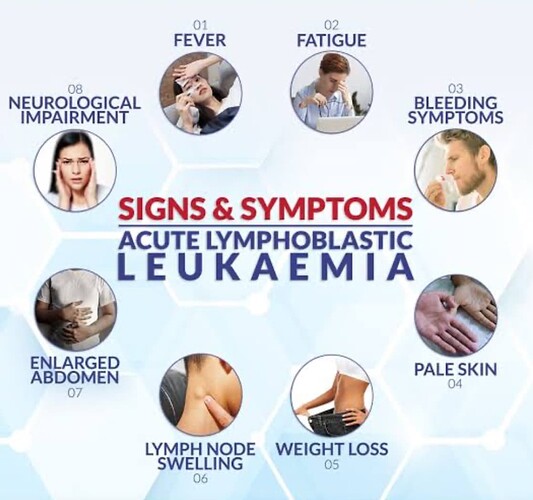There was this one case in my second-year postings that honestly shook me.
A 17-year-old boy came in with fatigue, low-grade fever, pallor, and some weird bruises on his arms. Everyone thought it was just anemia. Even the intern told me, “Hemoglobin thoda low hoga, iron deficiency. CBC le lo.”
But the smear? The peripheral smear haunted me.
There were blasts. Not one or two, full-blown, in-your-face, big, bad blasts.
I still remember freezing in that moment. I was literally holding the slide, trying to pretend like I knew what to do, but inside I was panicking like,
“Wait, wait… these aren’t lymphocytes… this is something else.”
My PG came in, took one glance, and said quietly:
“Send for flow cytometry. Rule out ALL.”
Acute Lymphoblastic Leukemia.
The kid thought he had “just anemia” — his mom had packed him some bananas to eat while waiting.
I remember going home and not being able to sleep. It just didn’t sit right. He looked so normal. So young. And all it took was a CBC and a smear to catch it early.
That day, I realized why pathology matters. Why we can’t just “take a blood test lightly.” Why that one abnormal cell can change someone’s life forever.
Sometimes, it’s not about memorizing a chart. It’s about not missing the one thing that saves a life.
And now? Every time I see a slide, I don’t take it for granted.
